Why You Should Consider Dental Implants as an Investment

When it comes to your smile and oral health, you can do plenty of things to keep them in good shape. You can floss regularly, brush twice daily, and visit your dentist for regular checkups. But despite all of this, there may still come a time when tooth loss is inevitable.
When this happens, you may need to have a dental implant placed. This is a highly effective way to replace missing teeth and keep your smile looking great, and it’s also an investment in your overall health.
4 Considerations to Take Before Getting a Dental Bridge
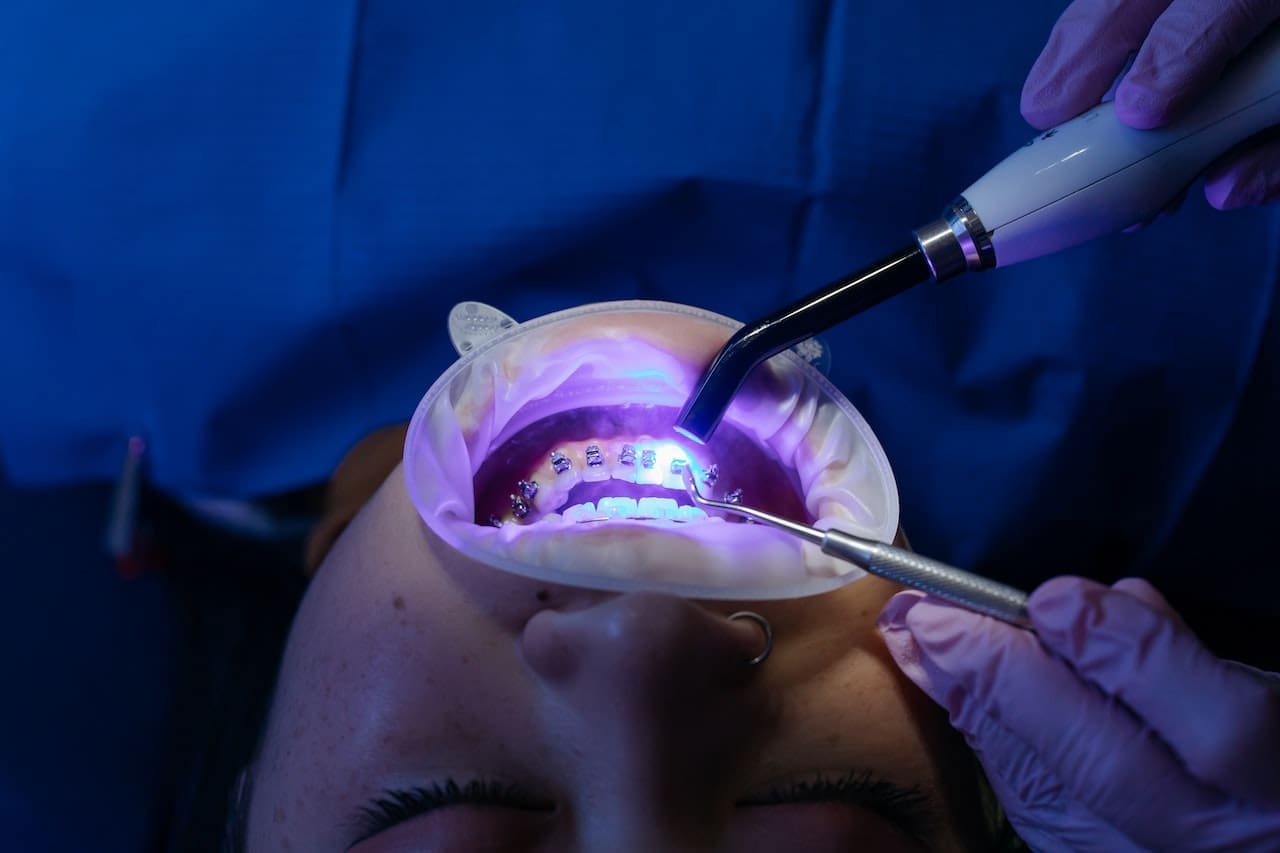
Good dental hygiene is essential for a healthy smile, and one of the treatments that can help you maintain your smile is a dental bridge. A dental bridge is a prosthetic device replacing one or more missing teeth, and it can be an effective solution for restoring your smile and keeping it looking great. But before getting a dental bridge, here are a few factors that you should consider to ensure the best possible result.
1. Cost
Before beginning treatment, calculate the cost of your dental bridge because it is essential to have enough money on hand. Exams, cleanings, x-rays, and recommended dental procedures will include fees. You must see your dentist every four months for the first year after installation to have the bridge inspected. They will check the neighboring teeth, cement, and bridge.2. Maintenance
Proper cleaning and maintenance are necessary to ensure the bridge functions correctly and lasts for many years. It is important to note that a dental bridge must be flossed twice daily, just like regular teeth. This helps remove food particles and plaque that accumulate between the bridge components and under the gums. It is also essential to brush your teeth with a soft-bristled toothbrush at least twice a day to ensure that the bridge remains free of plaque buildup and buildup of other substances, such as tobacco or drinks. Finally, scheduling regular visits to your dentist for professional cleanings, including special cleanings underneath the bridge, is essential. These appointments help remove tartar buildup and other substances which can cause inflammation and gum disease.3. Anesthetic Risks
Anesthetic risks are an essential factor to consider before getting a dental bridge. Anesthesia is used to make surgical procedures, such as the placement of a dental bridge, painless. However, with any medical process involving anesthesia, there are risks involved. The most common risk associated with anesthesia is an allergic reaction. Allergies to anesthesia can range from mild skin rashes to severe breathing difficulties. If you have a history of allergies, inform your dentist and anesthesiologist before the procedure. There is also a risk of breathing-related complications, such as laryngospasm, bronchospasm, or aspiration. The patient’s airway must be monitored carefully throughout the procedure to remain open and unobstructed.4. Impermanence
When considering whether a dental bridge suits you, it is essential to remember the concept of impermanence. If not properly maintained, your bridge may need to be replaced in just a few years. The factors determining how long a dental bridge will last include proper oral hygiene practices such as brushing and flossing, diet, lifestyle habits such as smoking or drinking alcohol, and regular dental checkups and cleanings. Even with good oral hygiene habits, your bridge can still break down over time due to normal wear and tear or damage from grinding or clenching your teeth.Conclusion
Getting a dental bridge is an excellent option for replacing missing teeth. It can help restore your mouth’s function and enhance the aesthetics of your smile. Before getting a dental bridge, it is essential to consider all factors, including lifestyle habits, budget, and oral health. You must also speak to your dental professional about your needs to ensure you get the best treatment plan. With the proper care and attention from your dentist, a dental bridge can be an excellent choice for restoring your smile and oral health. If you’ve taken note of these considerations and are ready to have a dental bridge in Weston, MA, Weston Dental Specialists Group is reliable! We provide comprehensive dental bridge services, including a thorough examination, custom fabrication, installation, and follow-up care. Visit us now!Keeping Cavities Away With Regular Dental Cleanings
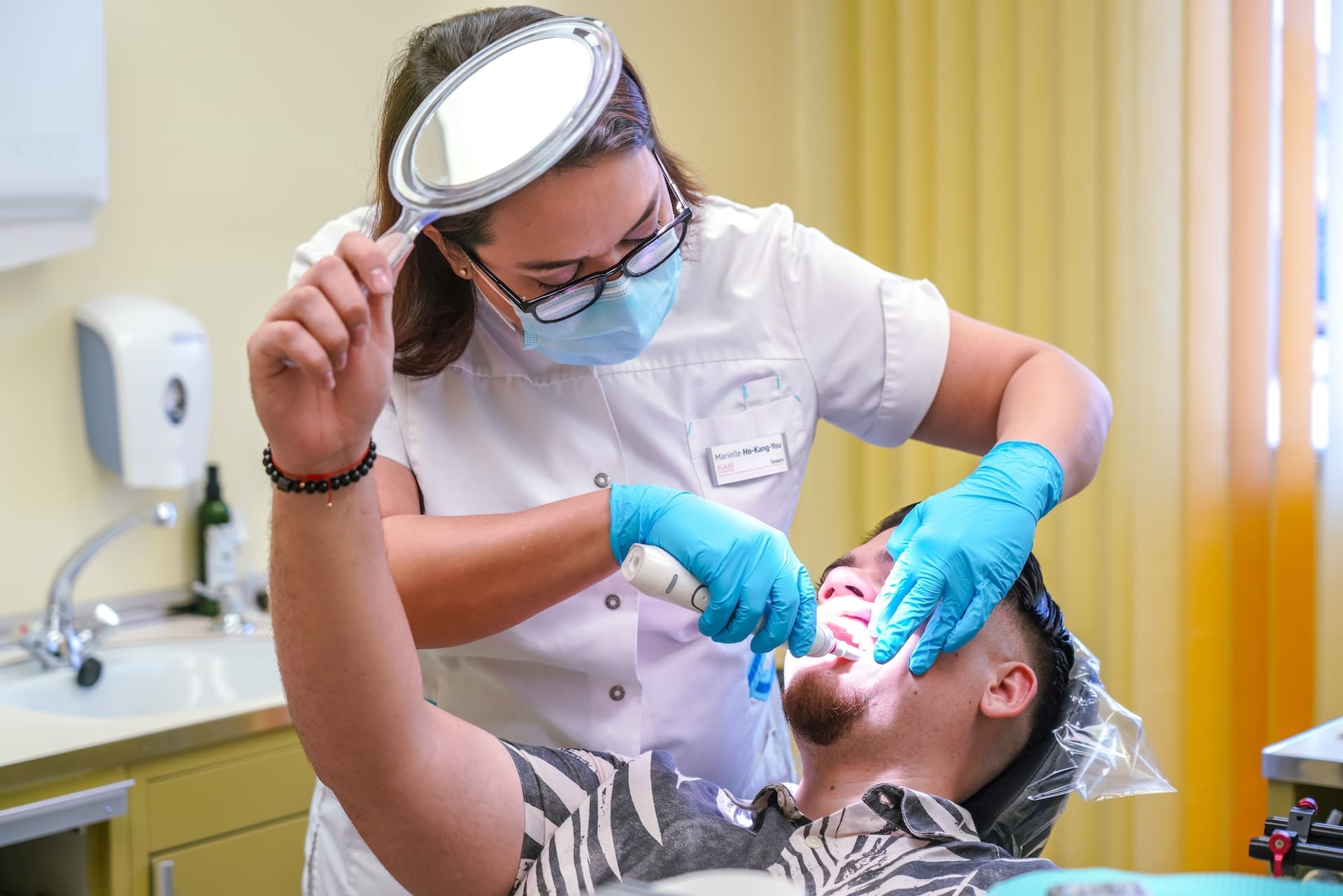
It is important to maintain good oral hygiene and the best way to do this is by visiting your dentist regularly. Most dentists recommend that you receive a professional dental cleaning every six months in order to keep your teeth and gums healthy. There are several reasons why it is important to get a dental cleaning every six months:
1. Prevent Cavities
The primary benefit of dental cleaning is that it helps to prevent cavities. Cavities are caused by bacteria that live in the mouth and feed on sugar and other carbohydrates left behind after eating. During a dental cleaning, the dentist or hygienist will remove plaque and tartar from your teeth, which can help to reduce the amount of bacteria in your mouth and thus reduce your risk of getting cavities.2. Reduce the Risk of Gum Disease
Gum disease is an infection of the gums that can cause serious damage to the teeth and gums if left untreated. During a dental cleaning, the dentist or hygienist will remove plaque and tartar from your teeth and gums, which can help to reduce your risk of developing gum disease.3. Maintain Good Oral Health
Regular dental cleanings can help to maintain good oral health. During a cleaning, the dentist or hygienist will check for signs of decay or other oral health issues such as gum disease. If any issues are found, they can be treated early, which can help to prevent further damage and maintain good oral health.4. Improve Your Smile
Your smile is probably one of the first things people notice when they meet you, so it’s essential to make sure it looks its best. Regular dental cleanings can help to remove plaque and tartar build-up, which can help to make your smile brighter and more attractive.5. Save Money
Regular dental cleanings can help you save money in the long run. By preventing tooth decay and gum disease, you can avoid costly treatments such as fillings or root canals. Additionally, regular cleanings can help to identify any issues early, which can help to keep the cost of treatment down.6. Early Detection of Oral Health Problems
Having regular dental cleanings can help your dentist detect any oral health problems at an early stage, which can help to prevent them from becoming more serious. During a dental cleaning, your dentist or hygienist can spot any signs of decay, gum disease, or other oral health problems and recommend the best course of action.7. Keeping Bad Habits in Check
Bad habits, like smoking, drinking alcohol, or chewing tobacco can negatively impact your oral health. During your regular dental cleaning, your dentist can help you keep these bad habits in check and give you advice on how to quit if necessary. They may also be able to provide you with additional tools and resources to help you quit for good.Conclusion
Regular dental cleanings are important for maintaining good oral health. They can help to prevent tooth decay and gum disease, save you money, and detect any oral health problems at an early stage. So be sure to schedule regular dental cleanings to keep your mouth healthy and your smile bright. Make it a habit to visit your dentist every six months for a routine cleaning and checkup. With the help of Weston Dental Specialists Group, you can have the best dental care possible. Our experienced and knowledgeable dental specialists and cosmetic dentists will provide you with the highest quality of care. Give us a call today to schedule your appointment.Essential Facts about Cosmetic Dental Bonding You Should Know

A lot of people are self-conscious about their smiles, and if you’re one of them, you may be considering cosmetic dental bonding. Bonding is a popular cosmetic dental procedure that can improve the appearance of your teeth in a number of ways.
If you’re thinking about getting bonding, there are a few things you should know.
What Is Cosmetic Dental Bonding?
Cosmetic dental bonding is a procedure in which a tooth-colored resin is applied to the surface of the tooth to improve its appearance. Bonding can be used to change the shape of the tooth, to fill in gaps between teeth, or to repair cracked or chipped teeth.How Does Cosmetic Dental Bonding Work?
The first step in the bonding process is to etch the surface of the tooth with a mild acid. This roughens the surface of the tooth so that the resin will have something to adhere to. Then, the resin is applied to the tooth and shaped to the desired result. Once the resin is in place, a high-intensity light is used to harden it. Finally, the bonded tooth is polished to match the rest of the teeth.What Are the Benefits of Cosmetic Dental Bonding?
There are several benefits that come with cosmetic dental bonding. Bonding can be used to:1. Improve the Appearance of Your Smile
Bonding is an effective way to enhance the appearance of your teeth. Your dentist can use bonding to correct misshapen teeth, close gaps between teeth, and change the alignment of your teeth.2. Change the Shape of Your Teeth
Bonding can be used to change the shape of your teeth. If you have teeth that are too small, your dentist can use bonding to make them look larger. If you have teeth that are too big, your dentist can use bonding to make them look smaller.3. Fill in Gaps between Your Teeth
Bonding can be used to fill in gaps between your teeth. If you have gaps between your teeth, your dentist can use bonding to fill them in.4. Change the Color of Your Teeth
Bonding can be used to change the color of your teeth. If you have teeth that are discolored, your dentist can use bonding to change their color.5. Protect Your Teeth
Bonding can be used to protect your teeth. If you have teeth that are chipped or cracked, your dentist can use bonding to protect them.Conclusion
Cosmetic dental bonding is a great way to improve the look of your smile. It can be used to cover up stained or chipped teeth, close gaps between teeth, or change the shape of your teeth. The procedure is relatively simple and can be completed in one visit to the dentist. Bonding is also a more affordable option than other cosmetic dental procedures, such as veneers. If you are considering cosmetic dental bonding, be sure to consult with a qualified dentist to see if it is the right option for you. Are you looking for Weston, MA dentists? Weston Dental Specialists Group specializes in smile restoration through various cosmetic dentistry services. Request an appointment today!Dental Bridge: What You Need to Know before the Procedure

Missing teeth might significantly impact the general health and appearance of your smile. If you’re seeking a solution to replace missing teeth, you must know your treatment options.
A better understanding of your alternatives will make it easier for you to choose the best course of treatment. Before considering dental bridges as a potential therapy, consider the following five considerations if you need to replace one or more missing teeth.
The Function of Dental Bridges
A dental bridge is a common dental device that uses one or more artificial teeth made of porcelain or resin to replace missing natural teeth. The bridge, also known as a filler, fake teeth, or partial denture, is connected to the crowns holding the appliance to healthy teeth. The crown may cover two or more teeth to securely fasten the bridge and maintain the false teeth in position. If using natural teeth is not an option, your dentist from a dental office in Weston, MA, may suggest implanting teeth on each side to hold the bridge in place.What to Expect during Installation
Once it has been determined that a dental bridge is the best solution for replacing your missing teeth, your dentist will begin preparing the anchor or abutment teeth. Usually performed under local anesthetic, this initial treatment is not commonly perceived as unpleasant. At your second appointment, the bridge will be put in place. After installation, your new dental bridge could appear large at first, but this should fade as you become used to the new prosthetic. During the third and final follow-up appointment, your dentist can check the bridge and make any adjustments necessary for any pain or discomfort you may be experiencing.Take Care and Clean
A dental bridge requires equal upkeep to your natural teeth. The American Dental Association suggests using a soft-bristled toothbrush and brushing for two minutes daily. Additionally, regular flossing can help prevent gum disease and tooth decay. When you have a bridge, you must floss between the base of the bridge, the gum line, and around your natural teeth. Regular flossing is the most effective method for removing plaque and other debris from the underside of a bridge.Associated Costs
A dental bridge is a cost-effective option for restoring missing teeth and is more likely to be covered by dental insurance. A dental bridge typically costs between $500 and $1,200 per tooth, whereas a dental implant may cost between $1,000 and $3,000 for each tooth. Your dentist from a dental practice in Weston, MA, can help point you toward the most economical choice.Dental Bridges Are Not a Permanent Solution
With routine care, a high-quality dental bridge can last for many years. Unnecessary harm can be prevented by refraining from chewing gum and ingesting hard foods like nuts, ice, and candies. Good oral hygiene habits and regular dental exams can help keep your investment comfortable, hygienic, and durable. Although sturdy, a dental bridge is not a permanent solution for tooth loss.Dental Implants Alternatives for Missing Teeth
If you’re searching for a less constrained, more durable substitute for missing teeth, you might wish to consider dental implants. Dental implants’ advantages are maintaining bone structure and gum health while putting less pressure on the surrounding teeth. A top-notch dental implant frequently lasts a lifetime.Conclusion
Knowing the potential hazards and advantages is crucial when thinking about getting a dental bridge. Dental bridges can successfully replace missing teeth, but they need ongoing upkeep. Before making a choice, be sure to discuss all of your alternatives with your dentist. For Weston Dental Specialists Group, a group of reputable cosmetic dentists is employed. We are available for all dental care procedures. Get in touch with us or visit our dental office in Weston, MA.What Is a Dental Emergency, and What Should You Do about It
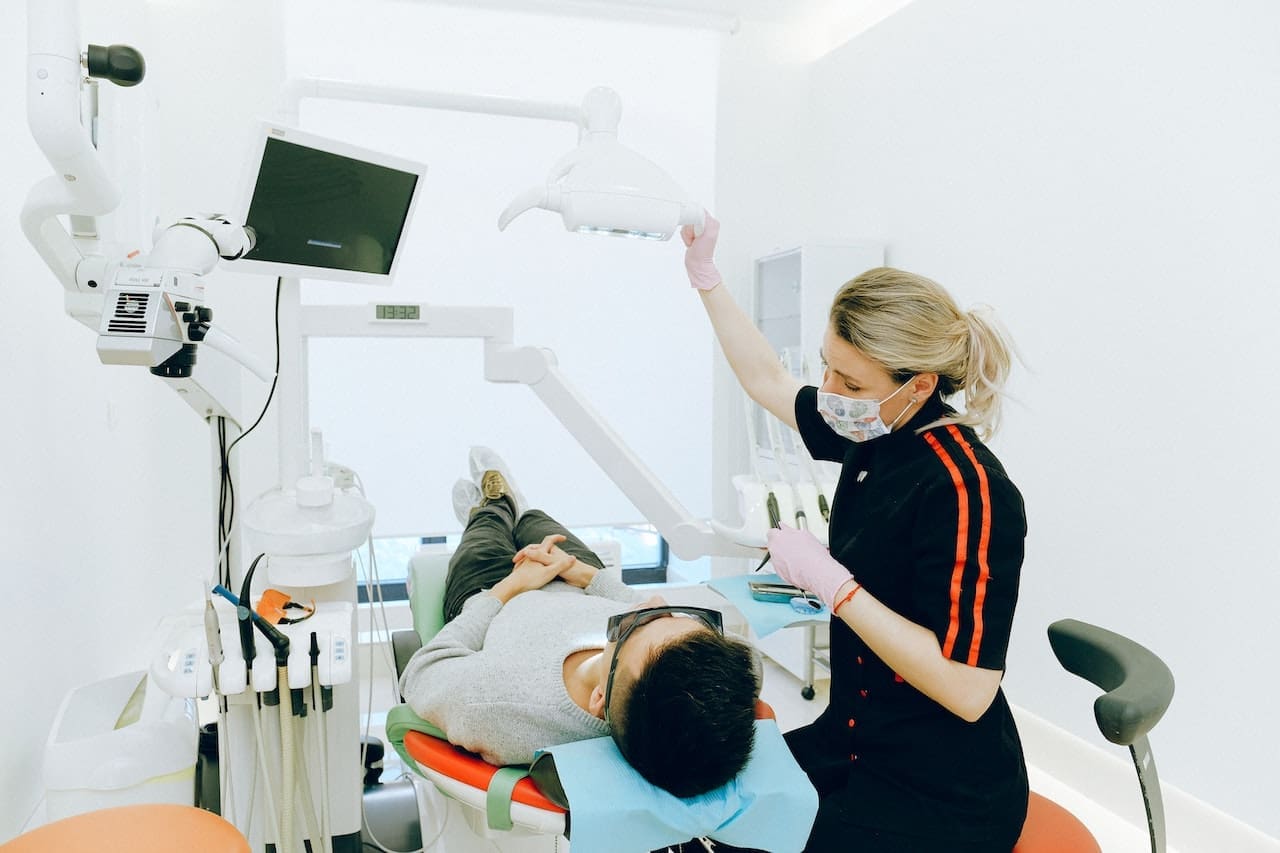
Dental emergencies can be extremely painful and scary. If you have a dental emergency, it is important to seek treatment immediately.
What Is a Dental Emergency
A dental emergency is any type of injury or pain to your teeth, gums, or jaw. It can be caused by an accident, a fall, or even biting your tongue or lip. If you have a dental emergency, it’s important to seek treatment right away to avoid further damage or pain.How to Identify a Dental Emergency
If you are experiencing a dental emergency, the first thing you should do is contact your dentist. If you are unable to reach your dentist, you can go to the emergency room. There are a few things you can look for to determine if you are experiencing a dental emergency:- Severe pain that is not alleviated by over-the-counter pain medication
- Bleeding that is not stopping
- Swelling gums
- A tooth that has been knocked out
- A broken or cracked tooth
What Are the Most Common Dental Emergency Problems
Here is a look at some of the most common dental emergency problems:Toothache
A toothache is one of the most common dental emergency problems. It can be caused by a variety of different things, including a cavity, an infection, or even something as simple as food caught between your teeth. Treatment for a toothache will vary depending on the underlying cause.Avulsed (Knocked-out) Tooth
A tooth that has been knocked out (avulsed) is a serious dental emergency. Find the tooth and pick it up by the crown (the part that is normally visible in the mouth).Broken Tooth
If you have a broken tooth, it is important to see a dentist as soon as possible. A broken tooth can be caused by a variety of different things, including biting down on hard food, being hit in the mouth, or even grinding your teeth at night. Treatment for a broken tooth will vary depending on the severity of the break.Abscess
An abscess is a pus-filled pocket that forms around an infection. If you have an abscess, it is important to see a dentist as soon as possible. Treatment for an abscess usually involves a root canal.What to Do In Case of a Dental Emergency
If you have a dental emergency, the first thing you should do is call your dentist. If you don’t have a regular dentist, you can call an emergency dental clinic. If you can’t reach a dentist, go to the nearest hospital emergency room. There are a few different types of dental emergencies, and each one requires different treatment. Toothache: Rinse your mouth with warm water and use dental floss to remove any food that may be stuck between your teeth. If the pain persists, take over-the-counter pain medication and see your dentist as soon as possible. Avulsed Tooth: Find the tooth and pick it up by the crown (the part that’s not in your mouth). If the root is dirty, gently rinse it off with water. Do not scrub it or remove any tissue attached to the root. If you can, try to insert the tooth back into the socket. If that’s not possible, put the tooth in a cup of milk or water. See your dentist immediately. Broken Tooth: Rinse your mouth with warm water and use dental floss to remove any food that may be stuck between your teeth. If the pain persists, take over-the-counter pain medication and see your dentist as soon as possible. Abscessed Tooth: Rinse your mouth with warm water and use dental floss to remove any food that may be stuck between your teeth. If the pain persists, take over-the-counter pain medication and see your dentist as soon as possible.Conclusion
Dental emergency problems can be extremely painful and scary. There are a variety of different dental emergency problems that can occur, and each one requires different treatment. If you have any of these dental emergencies, it is important to see a dentist as soon as possible. If you wait too long, the problem could get worse, and you could end up needing more extensive treatment. Do you have a tooth emergency? Then Weston Dental Specialists Group is here to help! We know that when you’re in pain, the last thing you want to do is wait for an appointment. That’s why we offer emergency dental care, so you can get the treatment you need as soon as possible. We offer a variety of emergency dental services, including extractions, root canals, and dental implants. Let us help you get the care you need. Contact us today to get started!Tooth Veneers: Types, Benefits, and How They Work
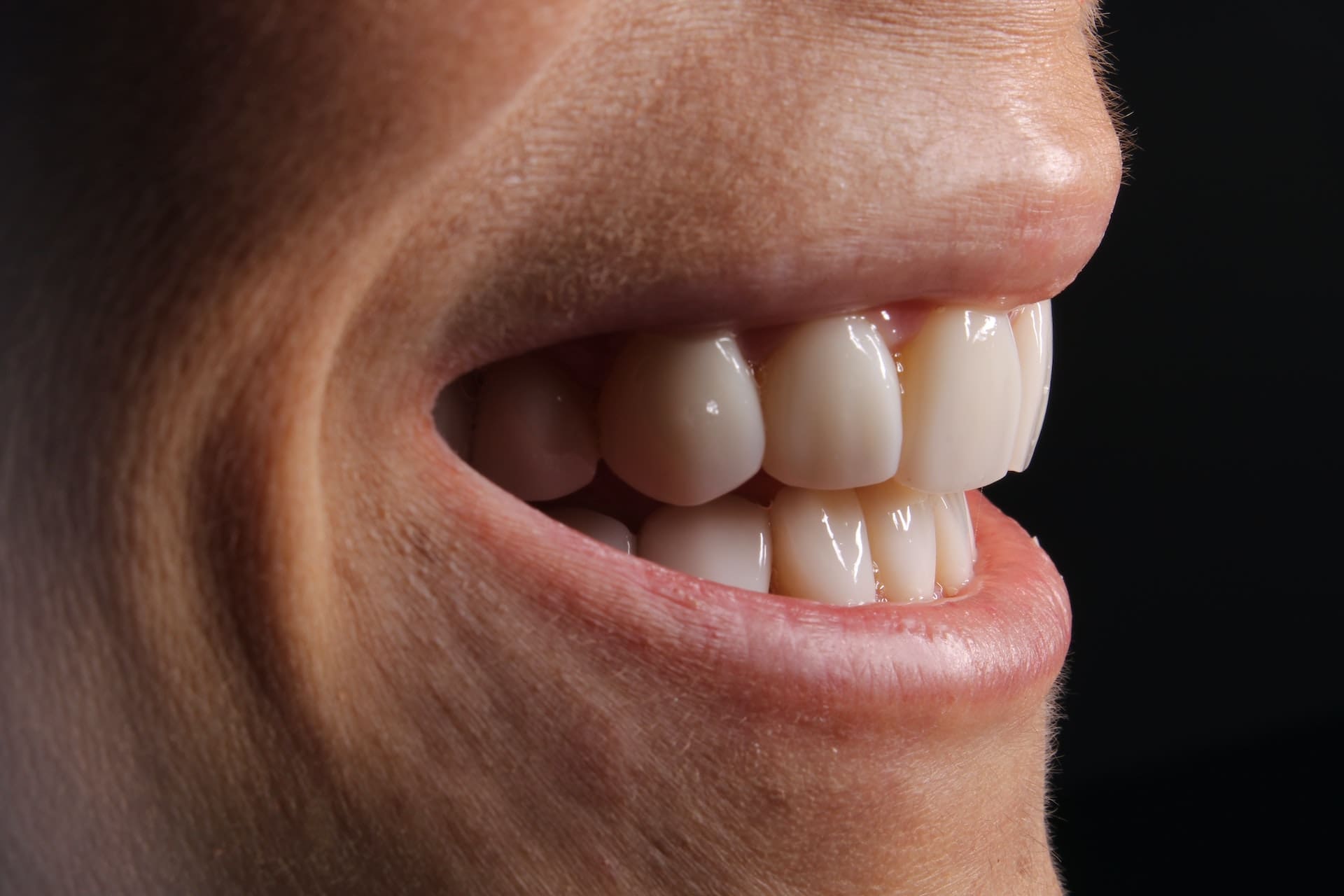
Your smile is one of your best assets. However, cracked, chipped, stained teeth and unwanted gaps can ruin that smile and your self-esteem. Fortunately, thanks to modern dental advancements, such as tooth veneers, you can enjoy a beautiful, natural smile.
Getting a tooth veneer is a cosmetic dentistry procedure that you can usually get through three dental visits: one for a consultation and the rest for fabricating and applying the custom-made shells. Your dentist can administer the veneers on a single tooth or a group of teeth.
This article will discuss the types of tooth veneers, their benefits, diagnosis, and how the process works.
Types of Tooth Veneers
Porcelain or resin composite materials are the common materials of tooth veneers. Regarding durability, porcelain tooth veneers are more robust than resin veneers when gauging stain resistance. They also have a closer resemblance to the natural teeth’s appearance. Since everyone’s dental health differs, you must consult your dentist about the type of tooth veneer material appropriate for your situation.Benefits of Tooth Veneers
Tooth veneers have a natural-looking appearance that can help restore your smile and self-esteem. They’ll easily cover up chips, cracks, discoloration, and unwanted gaps. The porcelain material is stain-resistant, and the gums can readily tolerate it. You can choose a color to whiten dark-colored teeth. While tooth veneers usually don’t require much shaping like dental crowns, they are more robust and attractive.Preparation Before the Procedure
You must consult your dentist about your desired outcome during the initial visit. They’ll examine your teeth to determine whether you need tooth veneers or another cosmetic dental procedure. They’ll also discuss the process and limitations. They may also X-Ray and take impressions of your mouth and teeth. Before getting a tooth veneer, your dentist will reshape the surface to approximately equivalent to the protective mask’s thickness. Before they cut the enamel, you’ll determine whether you’ll anesthetize the targeted area. After measuring the tooth surface and determining if they’ll anesthetize the targeted area, your dentist will create an impression of your tooth or a model. They’ll submit the model to a dental laboratory responsible for fabricating your tooth veneer. It usually takes two to four weeks before the laboratory returns the protective masks to your dentist. In the meantime, they might apply temporary tooth veneers to your teeth.The Fitting Process
After receiving the tooth veneers from the dental laboratory, your dentist will test them on your affected teeth to inspect their fit and color. Then, they’ll trim the materials several times to ensure they fit perfectly. Your dentist can also change the color depending on the shade of the cement they’ll use. Afterward, they’ll clean, polish, and etch your tooth to prepare for the veneer placement. Etching will roughen the tooth’s surface, enabling a more secure bonding procedure. Using a specific cement, your dentist will apply the veneer on your tooth before polishing it multiple times. After correctly positioning the tooth veneer, your dentist will shine a special beam on it to activate the chemical reactions in the cement; the light will make the glue harden quickly. Lastly, your dentist will remove any extra cement, inspect your bite, and make the necessary modifications. After your first visit, your dentist may ask you to return in two weeks to let them check your gum and confirm the tooth veneer’s proper placement.Aftercare
Fortunately, tooth veneers don’t require any particular aftercare procedure. Besides your regular oral hygiene routine, you must also gargle with an antiseptic mouthwash and clean your teeth after eating and drinking. Your dentist may also ask you to avoid foods and drinks that can cause stains, even if porcelain tooth veneers are stain-resistant.Masking a Great Smile
Your smile can significantly impact your self-esteem and how people see you. Modern dental advancements such as tooth veneers can help restore a better smile. Weston Dental Specialists Group offers high-quality tooth veneers for patients across Weston, Massachusetts. Book an appointment today!Why Should You Consider Dental Crowns Today
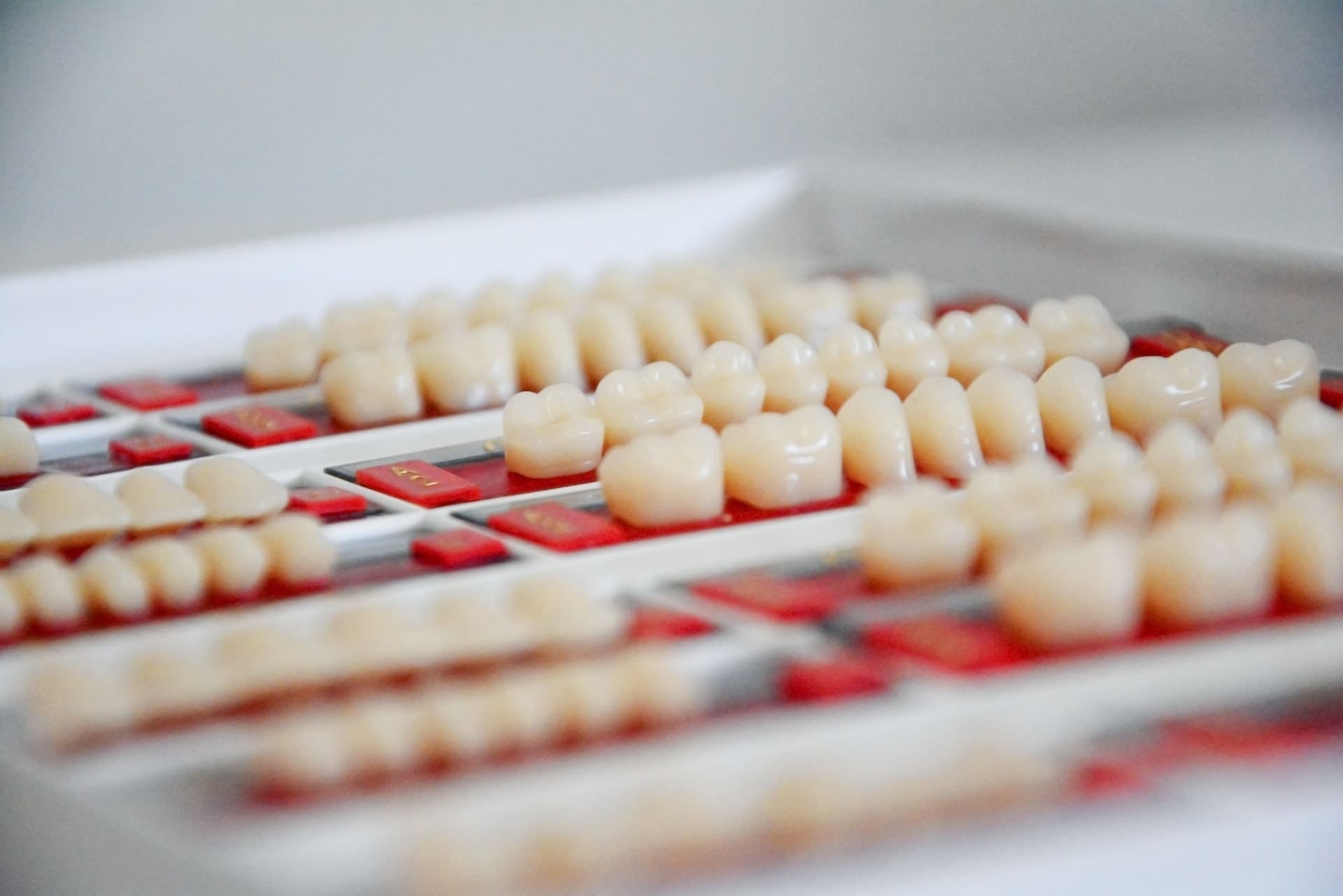
Dental crowns are one of the most commonly used dental treatments. They are a type of dental restoration that replaces a missing tooth with a crown. Crowns are made of different materials, including metal, plastic, or porcelain. There are a few reasons you might want to wear a dental crown.
Tooth Restoration
If you have a tooth that is severely damaged or decayed, a dental crown may be the best treatment option. Crowns can protect damaged teeth from further damage and restore the tooth’s function and appearance.Redirecting Enamel
If your tooth’s enamel has been worn down due to bruxism (teeth grinding) or other reasons, a dental crown can help to protect your tooth and redirect the enamel. This can help to prevent further damage to your tooth.Aesthetics
If you have a tooth that is misshapen or discolored, a dental crown can help improve your smile’s appearance.Implant Covers
If you have a dental implant, a dental crown can be used to cover the implant and improve the appearance of your smile.Orthodontics
If you have braces, a dental crown can be used to cover a tooth that is too large or misshapen. This can help to improve the appearance of your smile.How Long Do Dental Crowns Last?
Dental crowns typically last between 5 and 15 years, but they may last longer or shorter depending on the type of material used and how well they are cared for.How to Care for Your Dental Crowns
To help your dental crowns last as long as possible, it is important to take good care of them. Follow these tips:- Brush your teeth twice a day and floss once a day.
- Avoid hard and sticky foods.
- Do not chew on hard objects, such as ice or hard candy.
- See your dentist for regular checkups and cleanings.
What Is the Process of Getting a Dental Crown
If you are considering getting a dental crown, it is important to understand the process and what to expect. Dental crowns can be used for various purposes, such as restoring a tooth that is damaged or decayed, protecting a weak tooth from further damage, or improving the appearance of your smile. Getting a dental crown usually takes place over two visits to your dentist. During your first visit, your dentist will examine your mouth and take X-rays in order to determine if you are a good candidate for dental crowns. If so, they will then take impressions of your teeth to create custom-made crowns that will fit well with the rest of your teeth. Sometimes, you may need to remove part of your tooth for the crown to fit properly. Once this is done, temporary Crowns will be placed on top of your prepared teeth while permanent ones are being made at a dental laboratory. At Your second visit, which usually takes place within 1-2 weeks after the initial visit , your dentist checks how well the permanent crown fits and makes any necessary adjustments before permanently cementing them into place. With proper care, dental crown should last many years but eventually may need replacement.The Bottom Line
There are many reasons you should be wearing dental crowns. Crowns can protect your teeth from further damage, improve the appearance of your smile, and help restore function to damaged teeth. If you are experiencing any problems that dental crowns can help address, it is important to see a dentist to determine if crowns are the best solution for you. Weston Dental Specialists Group has a team of reliable cosmetic dentists. We are open for all dental care procedures. Get in touch with us.Info a Dentist Should Tell You Regarding Tooth Extraction
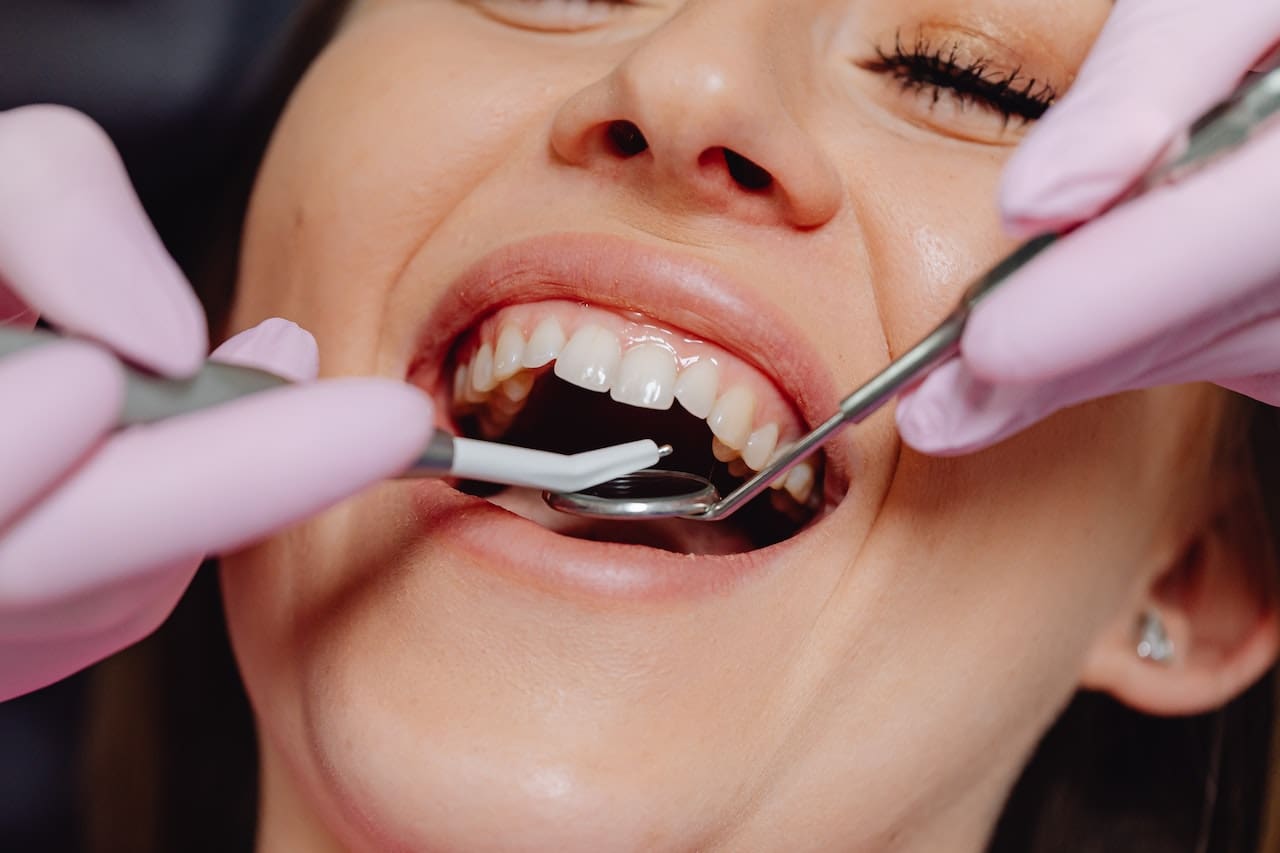
Wisdom teeth are the third molars that grow during adulthood. They can cause many problems if they’re not fully formed or if they don’t come out properly. If wisdom teeth are causing pain or making it difficult to eat, they may need to be removed. After it is extracted, a hole is left in the gums where the tooth used to be. This is called a socket, which needs to heal properly for the gum to close up. To quicken the healing process, it’s important to properly take care of the socket, which is why we’re tackling information your dentist needs to tell you regarding this procedure.
Information #1: You Have Various Replacement Options after a Tooth Extraction
When children get their milk teeth extracted, there’s no need to get them replaced since the permanent teeth eventually grow in their place. However, this isn’t the case for adults since nothing grows back afterward. When this happens, your dentist should present you with the following replacement options:- Dental implants: Usually made from titanium, they act as an anchor for the tooth crown. This is a long-lasting, natural-looking option for replacing a tooth. Once in place, they provide a strong foundation for artificial teeth.
- Partial dentures: These are a set of false teeth that replace one or more missing pearly whites. They are usually made of plastic or metal and are held in place by clips or brackets that fit around the remaining teeth. Partial dentures can make eating and speaking easier, and they can also improve the appearance of your smile.
- Bridges: A tooth bridge is a restoration that replaces one or more missing teeth by bridging the gap between two adjacent teeth. The two adjacent teeth are abutments, and a false tooth is placed between them. Also known as a pontic, the false tooth can be made of porcelain or ceramic and is connected to the abutments with dental cement.
Information #2: The Risks Involved
Tooth extractions are generally safe, but as with any surgery, there are always risks. Be sure to get proper patient consent before going ahead with the procedure. Some risks include:- Over or under extraction: Sometimes, your dentist or physician may accidentally over- or undertone a tooth, which usually happens when the patient is sedated and can’t react in time.
- Injuries: There is always a small risk that the dentist may injure you while extracting your tooth. However, this is rare and usually only happens if the dentist has to open your gums manually. If this happens, the dentist will take every precaution to avoid injuring you.
- Infections: If bacteria enter the area around a tooth extraction, it can cause an infection. This infection can spread to the bones and produce an abscess. If left untreated, this can be deadly.
Conclusion
Whether a basic tooth or third molar extraction, your dentist should be prepared to tell you the details. Remember, forewarned is forearmed, which can help you and the doctor make the best decisions before, during, and after the procedure. At Weston Dental Specialists Group, we serve patients with that philosophy, using state-of-the-art technology to extract, restore, or replace teeth. We also value doctor-patient transparency to achieve the perfect smile from the first time they sit on the dentist’s chair. Book your appointment by visiting our website or calling (781) 894-0347!Tooth Extraction and Replacement: What to Know
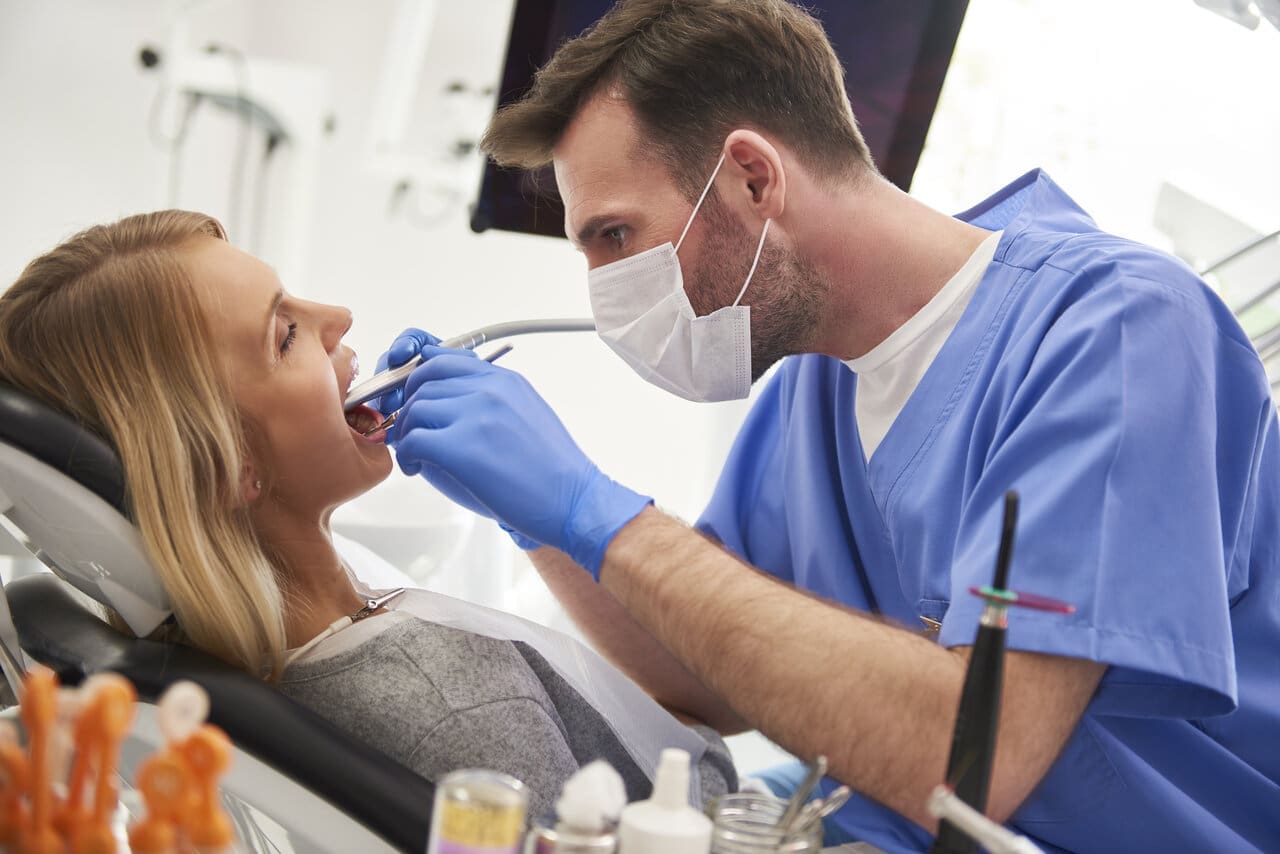
Tooth extraction is a scary proposition for many people. The thought of having a tooth pulled, even if it is just a wisdom tooth, can be enough to make some people break out in a cold sweat. However, there are some things that you can do to help make the experience a little less daunting.
First, it’s essential to understand that most tooth extractions are quite straightforward and relatively painless. In most cases, the procedure is over in just a few minutes. Second, even if you do experience some pain during or after the procedure, it’s usually quite manageable.
Here are some other facts that you should know about tooth extraction and replacement.
Treatments You Can Replace Tooth Extractions With
When it comes to tooth extractions, there are a few different replacement options available. Depending on your unique situation, your dentist will likely recommend one of the following:- Dental implants: Dental implants are the most popular replacement option for missing teeth. The implant is placed in the jawbone, and a replacement tooth (called a crown) is then attached to the implant. Dental implants are durable and look and feel like your natural teeth.
- Bridge: A dental bridge is another popular option for replacing one or more missing teeth. A bridge consists of one or more replacement teeth (called pontics) attached to crowns on either side. The pontics are then placed over the gap left by the missing teeth. Dental bridges are strong and durable, and they can restore your smile.
- Partial denture: A partial denture is a removable replacement option for missing teeth. A partial denture consists of replacement teeth (called pontics) that are attached to a pink or gum-colored base. The partial denture is placed in the mouth and rests on the gum tissue. Partial dentures are a good option for people who are missing a few teeth.
- Complete denture: A complete denture is a removable replacement option for all of the teeth in the upper or lower jaw. A complete denture comprises replacement teeth attached to a pink or gum-colored base. The complete denture is then placed in the mouth and rests on the gum tissue. Complete dentures are a good option for people who are missing all of their teeth.
Risks Involved in Tooth Extraction
There are many reasons why a person might need to have a tooth extracted. In some cases, the tooth is so damaged that it can’t be repaired. In other cases, there may be too much crowding in the mouth, or the tooth may be impacted (stuck under the gum line). Tooth extractions are generally safe procedures. However, as with any surgery, there are some risks involved. These include:- Bleeding: This is the most common complication after tooth extraction. It usually lasts for a few hours and can be controlled with gauze or an ice pack.
- Infection: This is a rare but serious complication. It can happen if bacteria enter the empty socket where the tooth is. Symptoms include fever, swelling, and redness.
- Pain: Some discomfort is normal after tooth extraction. You can take over-the-counter pain medication to help.
- Swelling: This is also common. It can be controlled with ice packs and should go down after a few days.
- Dry socket: This is a rare complication that can happen if the blood clot that forms in the socket is dislodged. Symptoms include intense pain, bad breath, and an unpleasant taste in the mouth.

